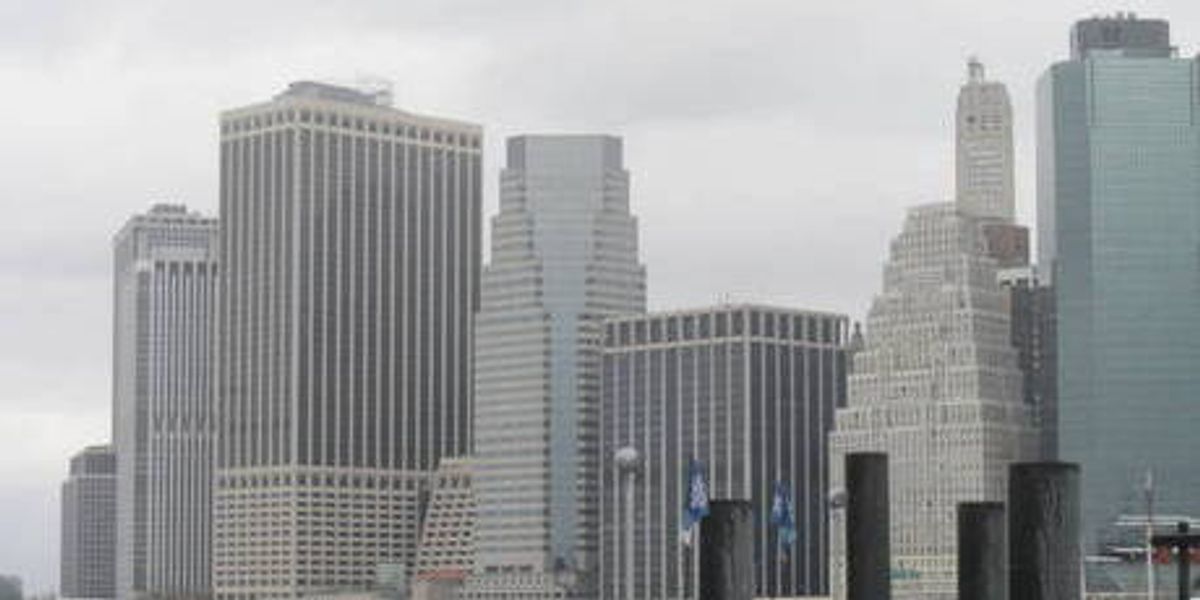Last week I suggested that in many places, having a grid that's dumb but really tough may be a higher priority than incorporating the latest in computing and communications. That post attracted a remarkable number of constructive comments, making the subject worth revisiting.
Let me start with my esteemed colleague Massoud Amin, the University of Minnesota professor who is credited with having coined the term "smart grid." (I edit a smart grid newsletter under his direction.) Professor Amin takes me to task for presenting a false choice—"we need both a stronger, hardened grid AND a smarter and more resilient grid."
We do indeed need both, but in a world of scarce resources, it often will be necessary to choose which we build first. And in the many parts of the world that will be vulnerable to more frequent flooding as sea levels rise, or to more frequent severe storms, it may be necessary to harden grids before we work on their intellect.
To be sure, making infrastructure tougher does not necessarily imply "dumb" (a term I admit I used rather casually). For example, researchers at West Virginia University, with Department of Homeland Security support, have devised a system in which giant balloons would be pre-positioned in subway tunnels to be inflated in emergencies.The scheme was described in the New York Times science section on Nov. 20.
In other situations, however, making infrastructure more resistant to floods or wind does not require rocket science, just the brains and the political know-how to make the right decision at the right time. An example, also described in the Times last week, is a recently built metals recycling plant in Brooklyn, where it was decided, with rising sea levels in mind, to put some floors four feet higher at a cost of US $550 000. That facility survived the hurricane cum nor'easter intact.
So I agree with the comment from someone named Roger, who said, "If you build [the grid] strong you can add 'smarts' any time and it will be even better. If you build it just on the edge of secure, then the first, 25, 50 . .. 100 year storm will take out too much of it, along with all the 'smarts.' "
Some commenters seem to think it's dumb to harden the old outdated grid when we could be building an all-new smarter grid. That, I believe, is a misunderstanding. Nobody is talking about replacing our existing grid, however old and outdated, with an all-new smarter grid. The 'smarts' are largely an overlay.
Thus, as Tom G says, "While it will be expensive to relocate transformers, seal subways and go underground with utilities [transmission?], it really is the only solution that makes any sense."
Are current methods of grid oversight and management, and our political institutions, adequate to the task of making smart decisions about how to make the grid tougher? Another commenter, Amosbyrd, raises some fundamental questions that are worth considering in detail. Remember that the cost of a blackout go way beyond the replacement costs of damaged equipment and labor costs of restoring service. They are the total region-wide human and economic expenses associated with the blackout.
With that in mind, watch for a definitive estimate of what it cost the U.S. economy for the lower one third of Manhattan to go one week without lights. It may end up being best measured as a fraction of the nation's 2012 GDP.



